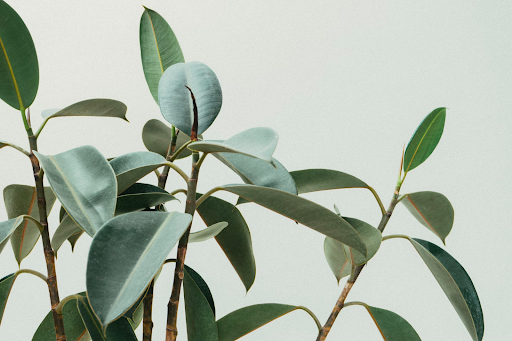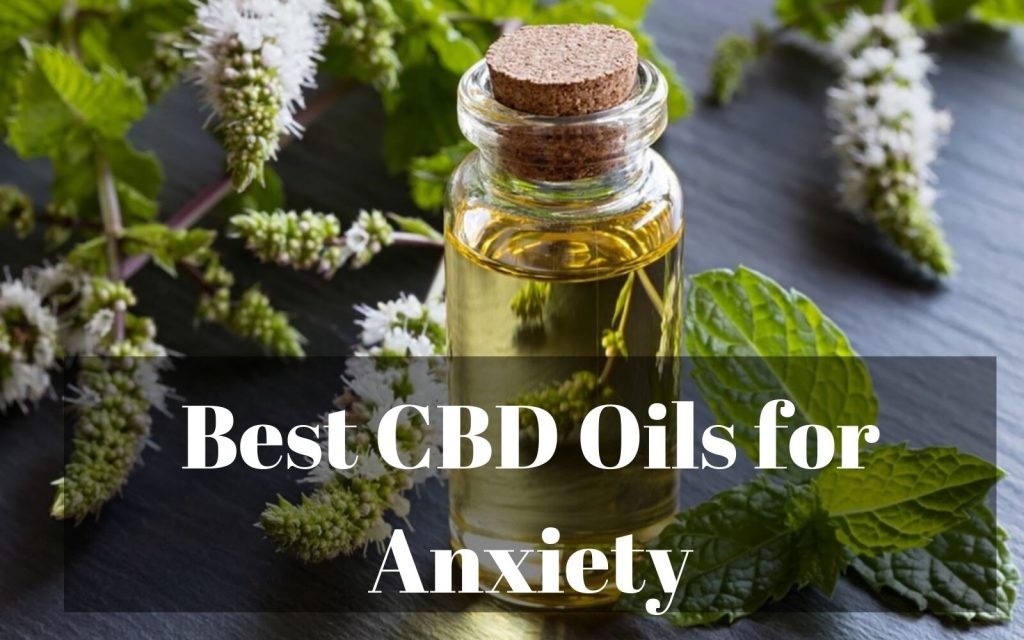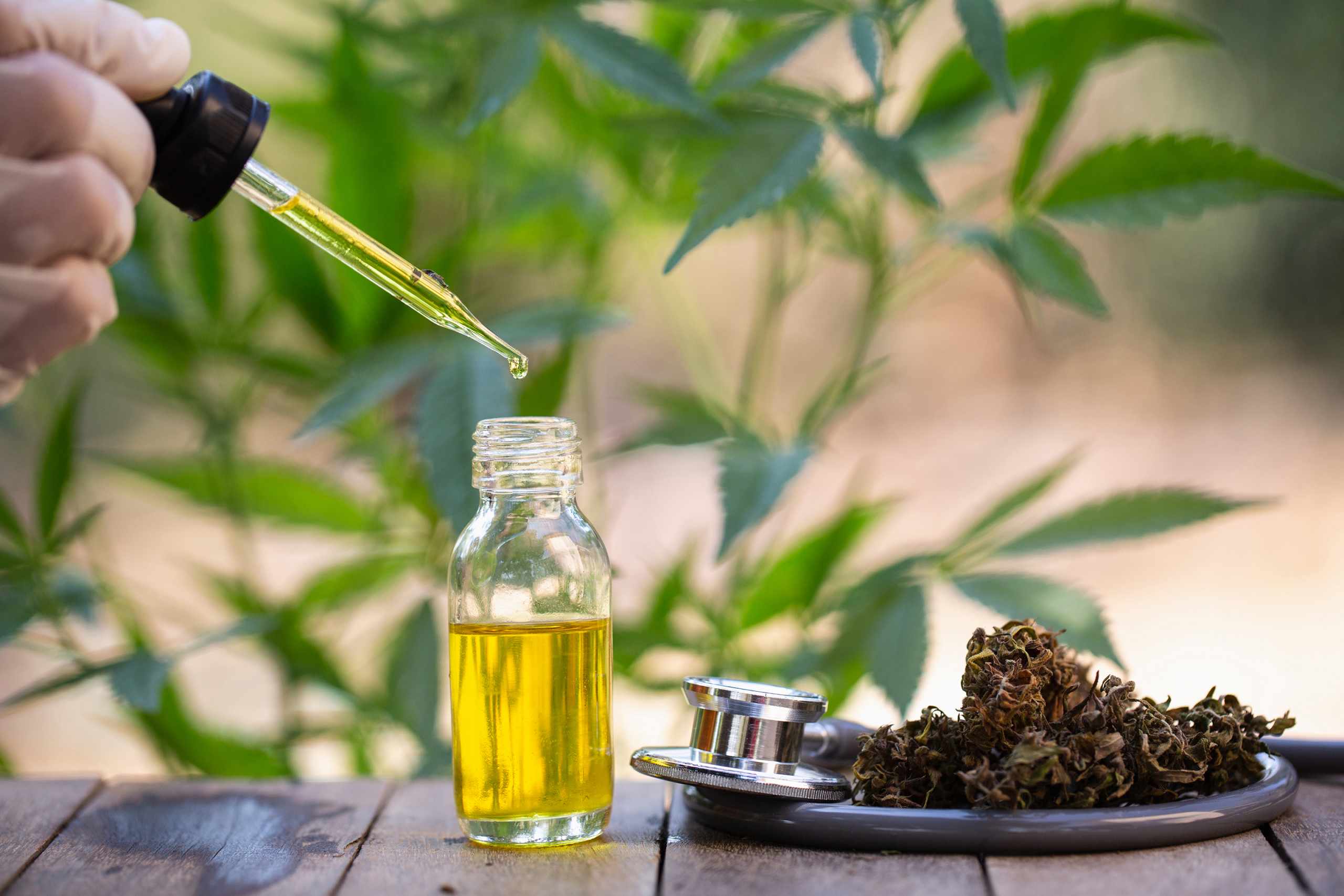In the tapestry of human history, plants have always held a profound significance beyond their physical presence. Ethnobotanicals, a term that may not roll off the tongue easily, encapsulate the rich relationship between people and plants across cultures. Dive into the world of ethnobotanicals, and their cultural importance, scientific relevance, ethical considerations, and sustainable practices. From the ancient rituals of Indigenous tribes to the laboratories of modern pharmacology, ethnobotanicals bridge traditional wisdom and contemporary research, offering a holistic view of our botanical companions.
Understanding Ethnobotanicals
At its core, ethnobotany is the study of how different cultures and societies interact with plants. The term “ethnobotanicals” refers to plants that hold cultural significance and are used for various purposes within these societies. This broad definition encompasses plants used as food, medicine, tools, clothing, shelter, and even in spiritual practices. Ethnobotanical knowledge is an intergenerational treasure trove, passed down through stories, rituals, and practical experiences. It’s the embodiment of the deep connection between communities and their natural environment, fostering sustainability and adaptability.
Cultural Significance of Ethnobotanicals
The cultural significance of ethnobotanicals is as diverse as the cultures themselves. For indigenous communities, these plants are intertwined with identity, spirituality, and heritage. They play pivotal roles in rituals, rites of passage, healing ceremonies, and communal gatherings. For instance, the Amazonian brew known as Ayahuasca is more than just a concoction, it’s traditionally used to connect with ancestral spirits and gain insights. Similarly, Kava, a traditional drink in the Pacific, serves as a social lubricant and symbol of unity. These examples illustrate how ethnobotanicals transcend their botanical status to become threads woven into the fabric of cultural life.
Ethnobotanicals and Modern Science
As societies advance, so too does our understanding of ethnobotanicals. Traditional knowledge is increasingly finding its place in modern scientific discourse. Researchers are unlocking the secrets of these plants, identifying bioactive compounds with therapeutic potential. This synergy between traditional wisdom and scientific investigation holds the promise of developing novel drugs, thereby validating ancient practices and creating new avenues for medical advancement.
Sustainable Harvesting and Conservation
However, the journey from plant to pill is not without challenges. The escalating demand for ethnobotanicals raises concerns about overharvesting, habitat destruction, and loss of biodiversity. To address these issues, sustainable harvesting practices are imperative. Collaborative efforts between local communities, botanists, ecologists, and policymakers are crucial to ensure that the collection of these plants does not compromise their survival or the ecosystems they inhabit. Through the establishment of ethical guidelines and cultivation initiatives, we can help preserve these botanical treasures for generations to come.
Legal and Ethical Considerations
While ethnobotanicals offer a world of knowledge and potential, they also pose intricate legal and ethical challenges. The legality of these plants varies widely across countries, often leading to controversies and conflicts. What might be a revered cultural practice in one region could be considered illegal elsewhere. The commercialization of ethnobotanicals raises questions of cultural appropriation and the exploitation of traditional knowledge. Striking a balance between preserving Indigenous wisdom and fostering innovation is crucial. Initiatives that respect intellectual property rights and ensure fair compensation for local communities are steps toward ethical engagement with ethnobotanicals.
Exploring Notable Ethnobotanicals
Embarking on a journey to understand ethnobotanicals wouldn’t be complete without exploring some remarkable examples. Here are a few notable plants:
Ayahuasca
Emerging from the lush embrace of the Amazon rainforest, Ayahuasca stands as a traditional conduit between the material and the metaphysical worlds. This mystical brew transcends mere botanical status, evolving into a sacred elixir woven into the tapestry of spiritual and healing ceremonies. At its core lies DMT, an active compound that may produce altered states of consciousness. As the shamanic fire of Ayahuasca blazes, it beckons the seeker to traverse the realm of visions and introspection, offering a kaleidoscopic window into the depths of human experience and the mysteries of the universe.
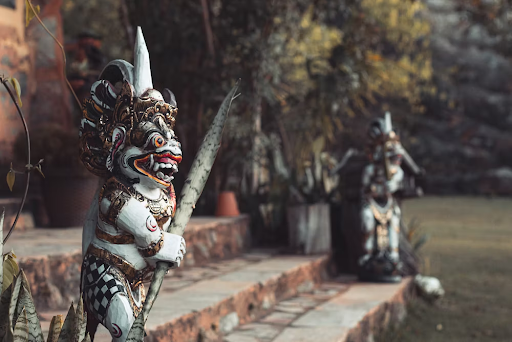
Kratom
Nestled within the heartlands of Southeast Asia, the kratom tree has been a steadfast companion to traditional communities for generations. Its leaves, nature’s discreet alchemists, bear a complex range of effects. Revered for their dual nature these leaves encompass both energizing and relaxing properties. As alkaloids within the kratom leaves engage in a cerebral symphony, they interact with receptors in the brain, choreographing a multifaceted performance that ranges from invigorating energy to soothing relief. A botanical dance of equilibrium, kratom echoes the pulse of its cultural origins while captivating the curiosity of modern explorers.
San Pedro Cactus
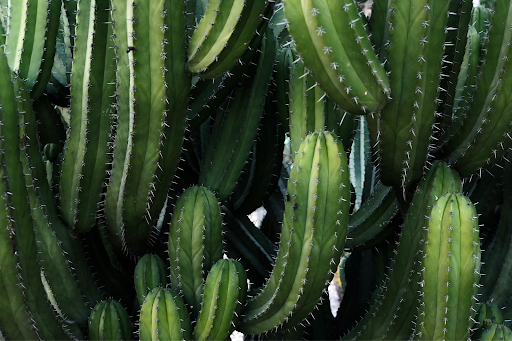
Amidst the towering peaks of the Andes, the San Pedro Cactus reigns as a sentinel of spiritual revelation and ancient reverence. The Indigenous peoples of these rugged landscapes have woven this cactus into the very fabric of their existence, recognizing its potent gift — mescaline. A psychoactive compound of profound significance, mescaline serves as the key to unlocking doorways of perception and insight. In shamanic rituals that span epochs, the San Pedro Cactus works to guide seekers through labyrinthine corridors of the mind, granting glimpses of higher truths and healing energies that transcend the tangible.
Yerba Mate
On the sun-soaked plains of South America, Yerba Mate emerges as a venerable symbol of tradition and conviviality. This botanical companion has graced countless gatherings, transforming into more than a mere beverage — a ritualistic embrace of community and connection. Imbued with the essence of camaraderie, Yerba Mate has stepped into history as well as teapots. Its leaves cradle not only antioxidants but also tales of shared laughter and conversation. As the warm, earthy elixir flows, it weaves a thread between generations, reminding us that in every sip lies the vitality of South American heritage and the evergreen spirit of togetherness.
Each of these ethnobotanicals has a rich cultural history and a tapestry of uses that offer a glimpse into the depth of human-plant relationships.
Safety and Responsible Use
As interest in ethnobotanicals grows, it’s imperative to approach their use with caution and responsibility. Many of these plants have potent effects that can interact with other substances or have adverse effects on certain individuals. Before you buy kratom or any other ethnobotanicals, it is important to consult knowledgeable practitioners and experts before incorporating ethnobotanicals into one’s lifestyle. Additionally, understanding proper dosages, potential interactions, and potential side effects is paramount for ensuring safe and enjoyable experiences.
Future Prospects
The study of ethnobotanicals is not just a reflection on the past; it also holds the key to shaping our future. The intersection of traditional wisdom and modern science offers a wellspring of potential, from novel therapies to sustainable agricultural practices. As we navigate the complexities of legal, ethical, and environmental challenges, we must strive for a harmonious coexistence between humans and plants.
Ethnobotanicals serve as a lens through which we can explore the intricate connections between nature and culture. They reveal the symbiotic relationship between humanity and the plant kingdom, highlighting our ability to derive sustenance, healing, and inspiration from the natural world. As we continue to unlock their secrets and appreciate their significance, let’s do so with a deep sense of respect, responsibility, and reverence for the wisdom of both our ancestors and the ecosystems that sustain us. The journey into the realm of ethnobotanicals is a journey into the heart of humanity’s shared heritage and its potential for a more harmonious future.
